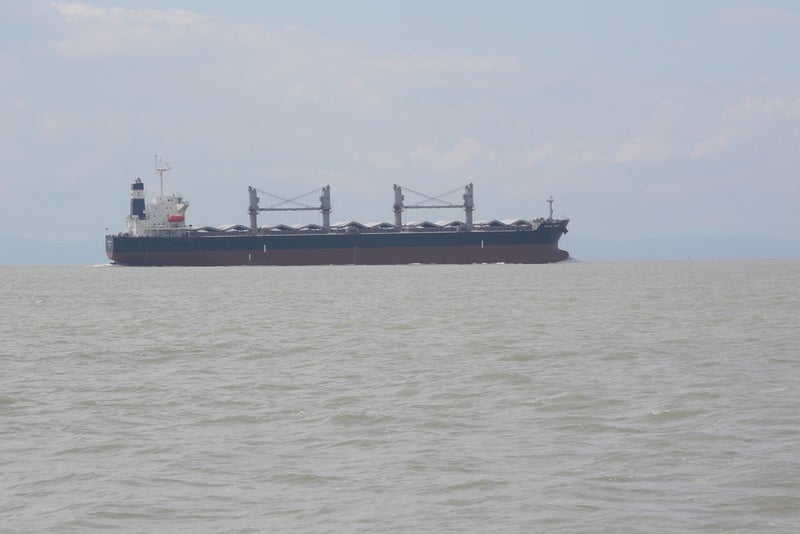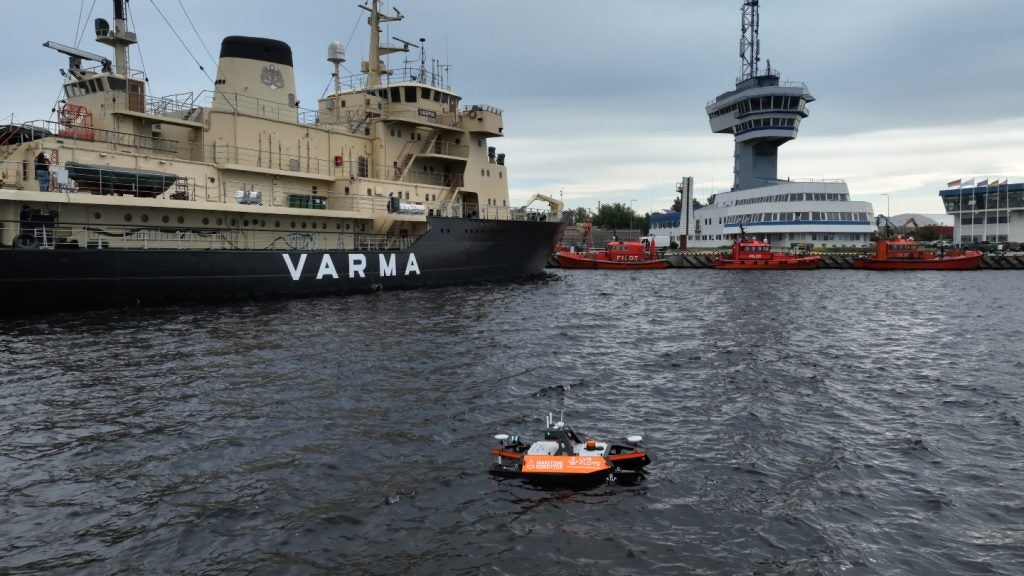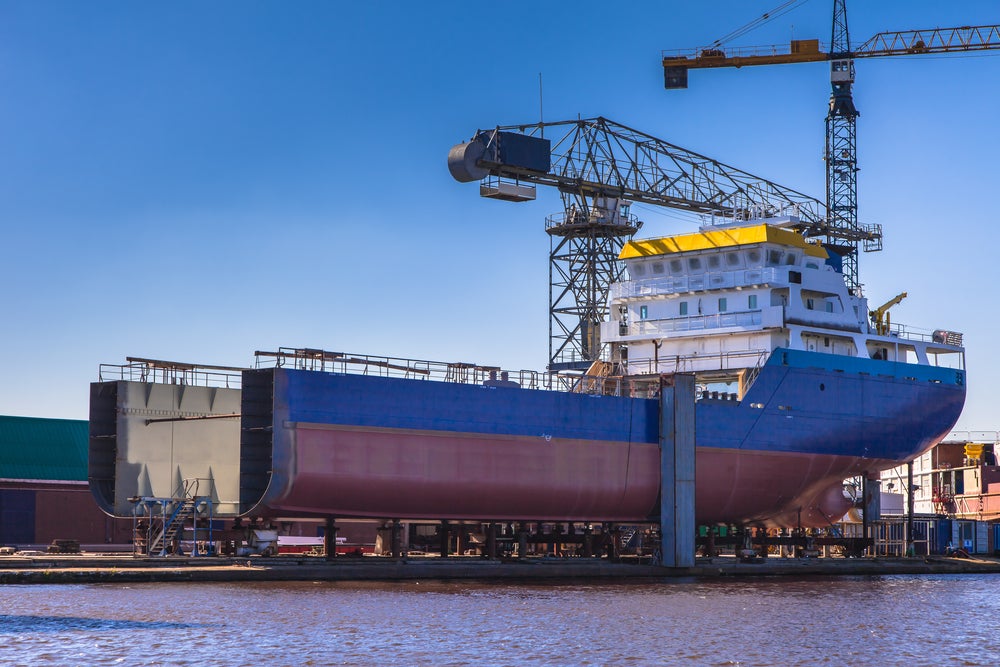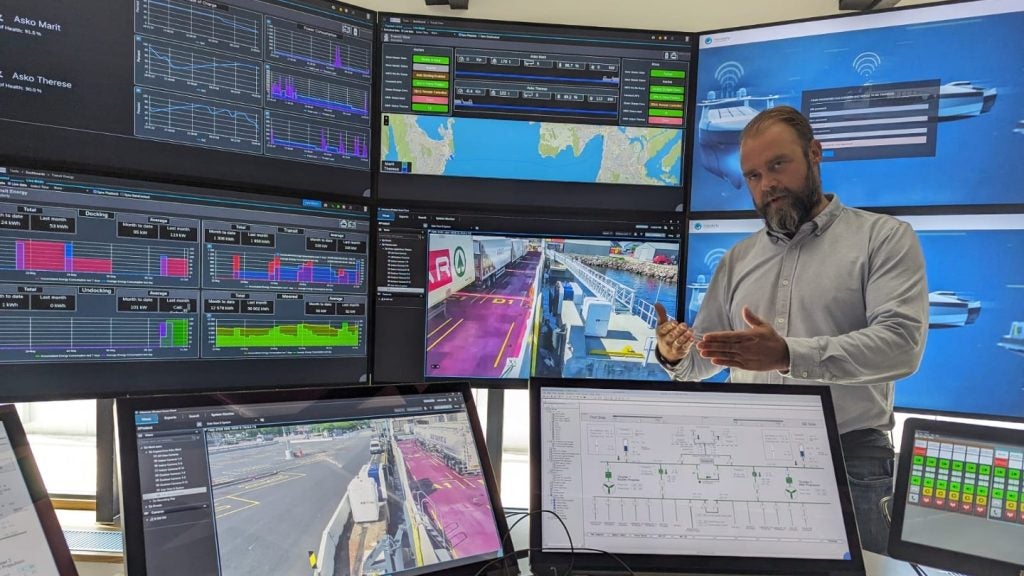
The Protection of the Arctic Marine Environment (PAME), the Arctic Council’s working group, has unveiled a new shipping activity database.
The launch of the shipping database will improve historical ship traffic activity knowledge in the Arctic.
PAME’s database comprises sea ice extent, meteorological and oceanographic conditions, and international regulations information that affects ship traffic activity.
PAME developed the Arctic Ship Traffic Data (ASTD) project in response to a growing need to gather and distribute up-to-date information on shipping activities in the Arctic.
Authorised users can use the database for evaluating vessel traffic patterns, fuel use and air emissions, among other economic and environmental conditions.
PAME chair Renée Sauvé said: “When PAME released the Arctic Marine Shipping Assessment Report in 2009, it contained data on Arctic shipping activities that had been collected by asking Arctic nations to fill in an Excel spreadsheet.
How well do you really know your competitors?
Access the most comprehensive Company Profiles on the market, powered by GlobalData. Save hours of research. Gain competitive edge.

Thank you!
Your download email will arrive shortly
Not ready to buy yet? Download a free sample
We are confident about the unique quality of our Company Profiles. However, we want you to make the most beneficial decision for your business, so we offer a free sample that you can download by submitting the below form
By GlobalData“Now, we are able to use satellites to gather information on shipping traffic in the Arctic. I am confident that the ASTD database will benefit PAME, the Arctic Council, and others by providing an invaluable tool to support a wide range of reports and analyses.”
The ASTD database contains archived information from 2005 to 2018 and will be updated by PAME on a regular basis.
It includes information related to the number of ships in the Arctic, distances sailed and hours operated. It also covers the location of ships, ship routes, and ship speed.
Data regarding types of ship, including size and flag, pollution measurements from ships, including CO2 emissions and other environmental information is also available in the database.
Set to be used only for non-commercial purposes, the database is accessible to all Arctic Council members, accredited academic institutions, and other recognised research entities.
Sauvé further added: “The ASTD will increasingly be pivotal as we seek to better understand the growth of Arctic ship traffic in the years to come.”






